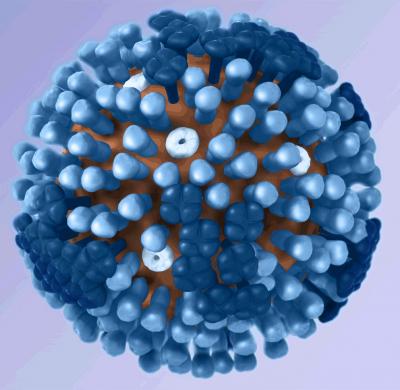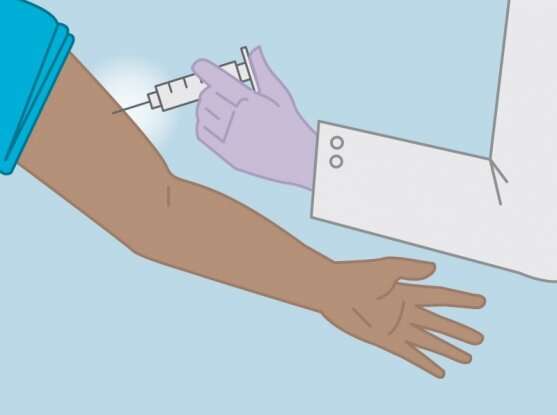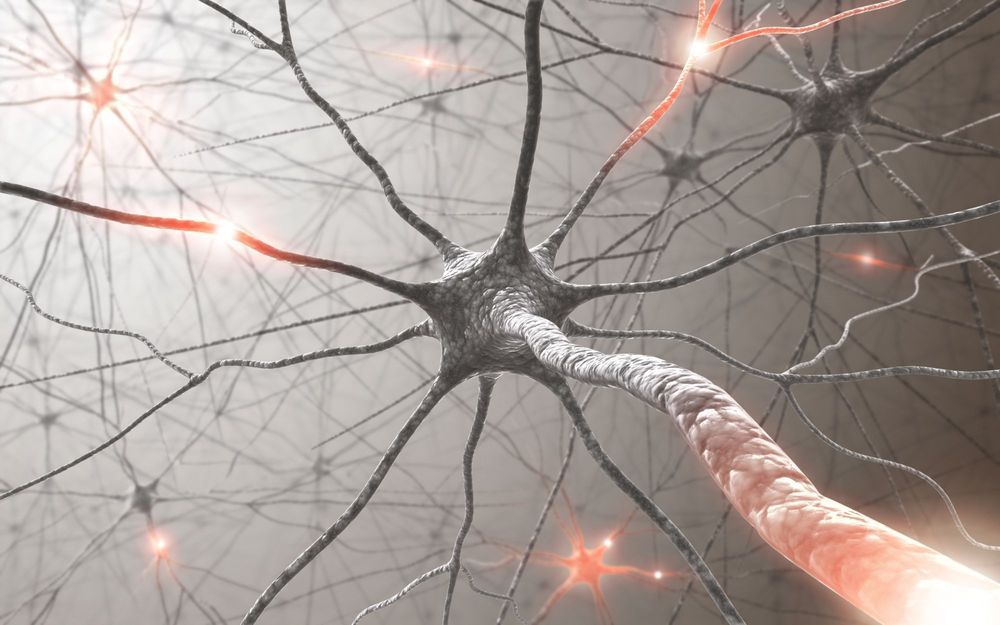In laboratory experiments, a metabolic inhibitor was able to kill a variety of human cancer cells of the skin, breast, lung, cervix and soft tissues through a non-apoptotic route—catastrophic macropinocytosis.
In mouse xenograft studies, the inhibitor acted synergistically with a common chemotherapy drug, cyclophosphamide, to reduce tumor growth. Thus macropinocytosis, a rarely described form of cell death, may aid in the treatment of cancer.
“Understanding the signaling pathways underlying macropinocytosis-associated cell death is an important step in developing additional effective strategies to treat neoplasms that are resistant to apoptosis induced by chemotherapy,” said Mohammad Athar, Ph.D., professor in the University of Alabama at Birmingham Department of Dermatology.





